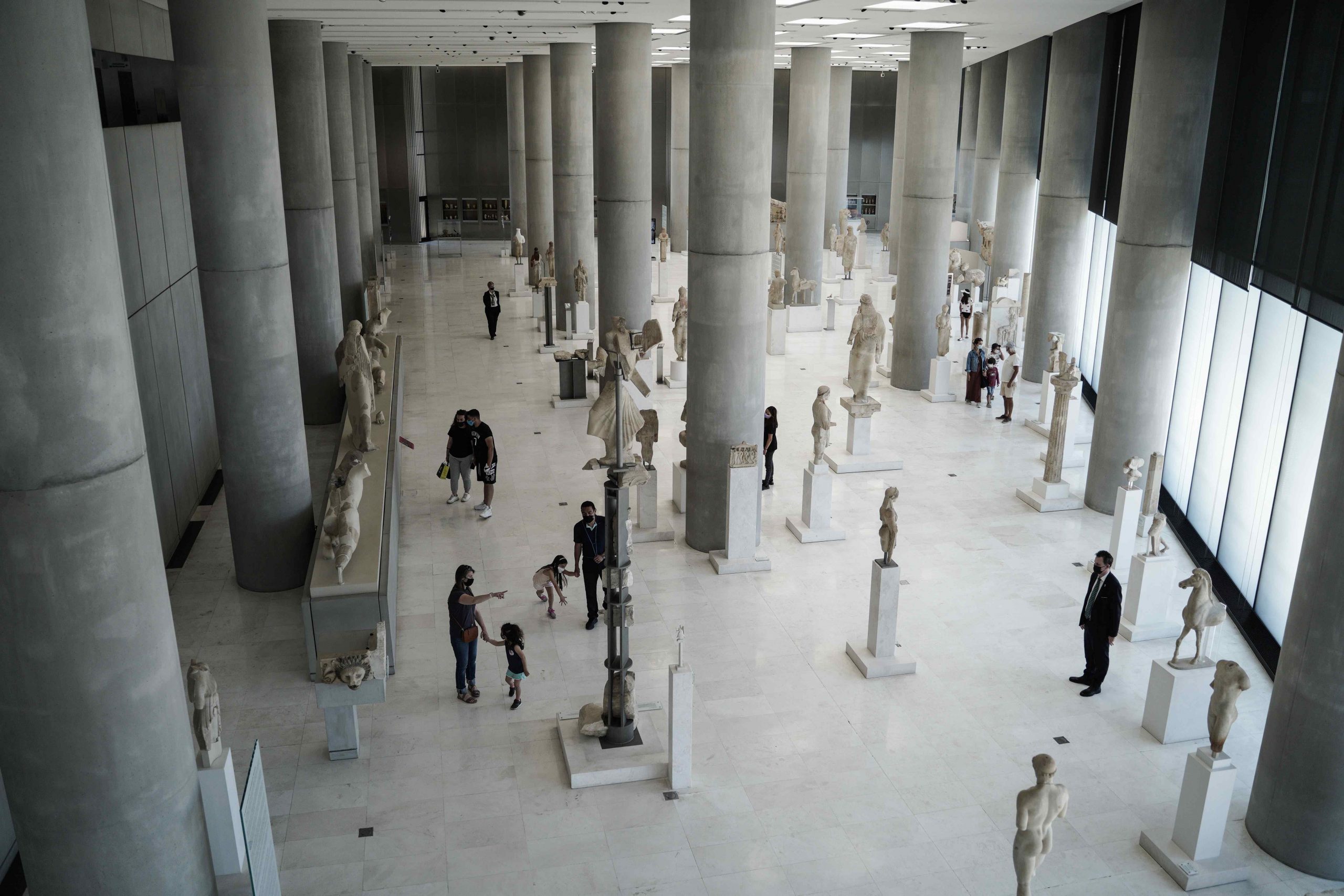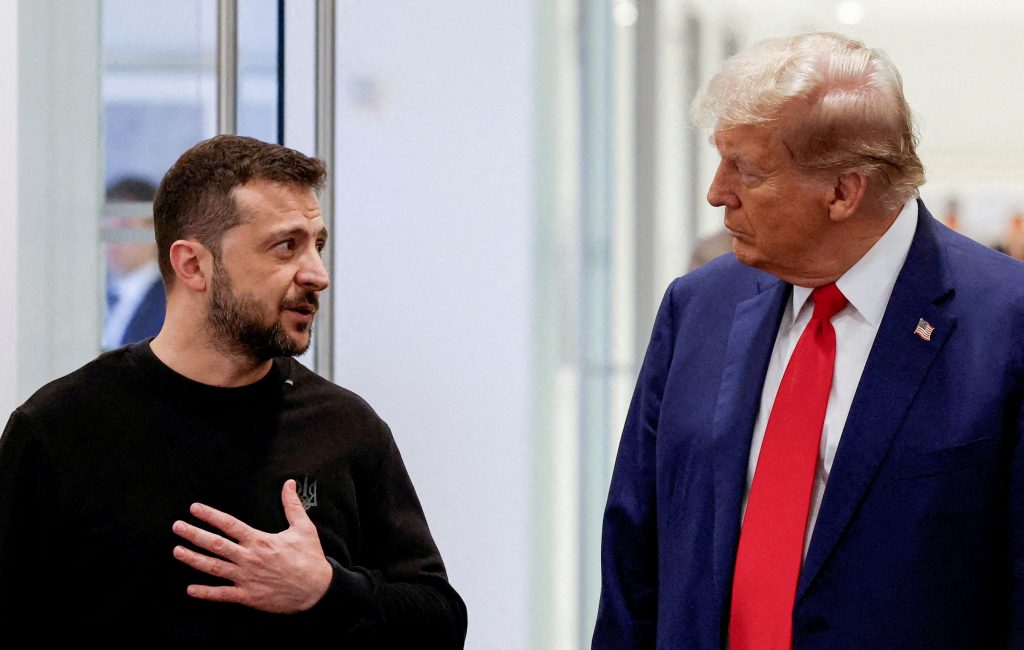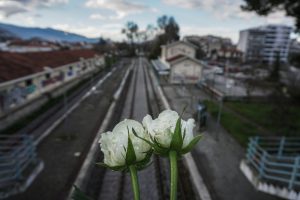The Acropolis Museum attracts thousands of visitors to Athens, serving as a focal point for the city. It also stands as the most compelling argument for the return of the Parthenon Sculptures to their home. However, this museum faced more battles than any other.
Its adventure began when Konstantinos Karamanlis initiated two national architectural competitions in 1977 and 1979 for the establishment of a museum at the Makrygianni Estate. The then-Prime Minister deemed the location most suitable due to its proximity to the Acropolis and because the estate was public. Both competitions resulted in no winners, and the issue stagnated.
In 1981, PASOK won the elections, and the following year, Melina Mercouri, as Minister of Culture, first raised the issue of the return of the Parthenon Sculptures at the UNESCO World Conference in Mexico.
The matter gained international attention and in 1983, the British Committee supporting the return of the Sculptures to Greece was founded in London.
However, there was no suitable space in Athens, which was the perpetual argument of the British Museum. Nevertheless, the Greek government officially requested repatriation to the British government, making the construction of the new Acropolis Museum a priority.
In 1988, all private properties within the Makrygianni block were declared expropriated. And two other locations the site of the Dionysos Restaurant and the hills of Kolonos and Philopappou were proposed.
In 1989, an international architectural competition was announced for the building’s construction in one of the three spaces, with 438 teams participating.
In total, from 1993 to 2009, there were 16 cancellation requests before the Council of State relating to various stages of the museum’s construction and over 100 lawsuits. All were dismissed.
In 2001, with Evagelos Veniselos as Minister of Culture the proposal by Tschumi – Fotiades was selected, but the museum’s foundation stone was laid in the summer of 2003.
In 2004, Tatoulis became Deputy Minister of Culture (effectively the Minister in the Kostas Karamanlis government, maintaining the Culture portfolio) signed the contract with the construction company.
In 2007, under the tenure of Minister Georgios Voulgarakis, the old museum located on the Rock ceased operations. The same year, under Minister Michalis Liapis, the transfer of antiquities from the old to the new museum began, and in 2009, under Antonis Samaras’s tenure, the Acropolis Museum opened to the public.



